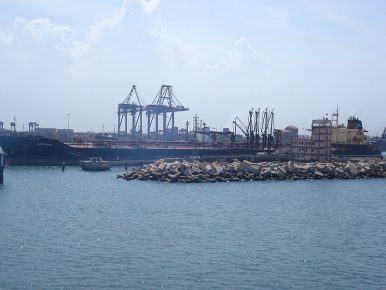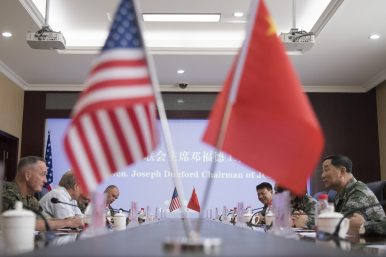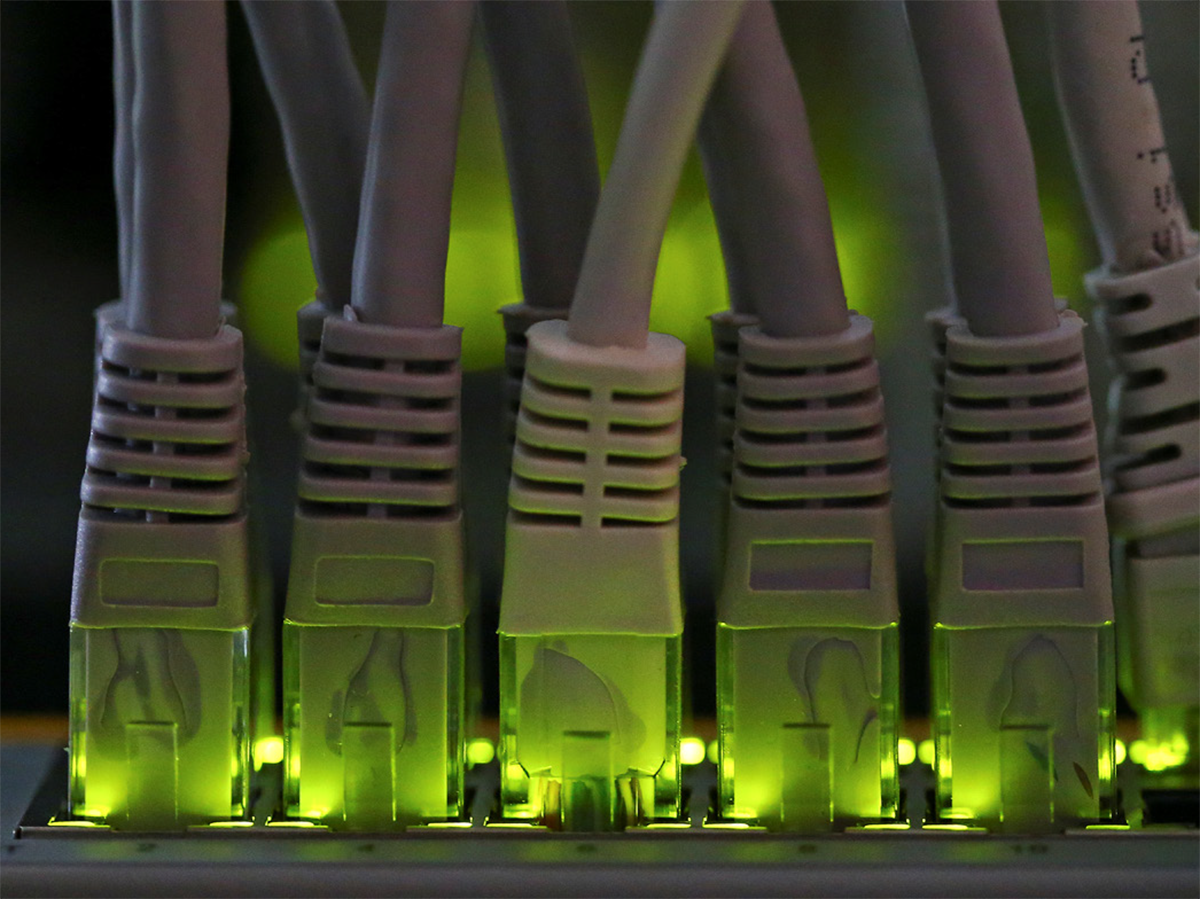By Aman Thakker
 During the recently concluded monsoon session of India’s Parliament, the Lok Sabha, or lower house of Parliament, passed 21 bills, including amendments to the various Goods and Services Tax Acts and the Insolvency and Bankruptcy Code. However, one key reform bill, which has been pending before the body since 2016, was not considered or passed. That bill is the Major Port Authorities Bill, 2016, which would overhaul the management of the major ports of India. This reform on major ports is crucial given the impact India’s inefficient ports have on government priorities such as Make in India and improving ease of doing business. While the bill aims to improve efficiency and ensure rapid and transparent decision-making by transforming how the ports are managed, progress has not yet been made on this bill.
During the recently concluded monsoon session of India’s Parliament, the Lok Sabha, or lower house of Parliament, passed 21 bills, including amendments to the various Goods and Services Tax Acts and the Insolvency and Bankruptcy Code. However, one key reform bill, which has been pending before the body since 2016, was not considered or passed. That bill is the Major Port Authorities Bill, 2016, which would overhaul the management of the major ports of India. This reform on major ports is crucial given the impact India’s inefficient ports have on government priorities such as Make in India and improving ease of doing business. While the bill aims to improve efficiency and ensure rapid and transparent decision-making by transforming how the ports are managed, progress has not yet been made on this bill.




/arc-anglerfish-arc2-prod-mco.s3.amazonaws.com/public/COXLBYI6SBD6ZGLRC5KTEZ5NDQ.jpg)








/arc-anglerfish-arc2-prod-mco.s3.amazonaws.com/public/ZNA6SRQKOFGU3CHIHTX5KGAWLQ.jpg)





